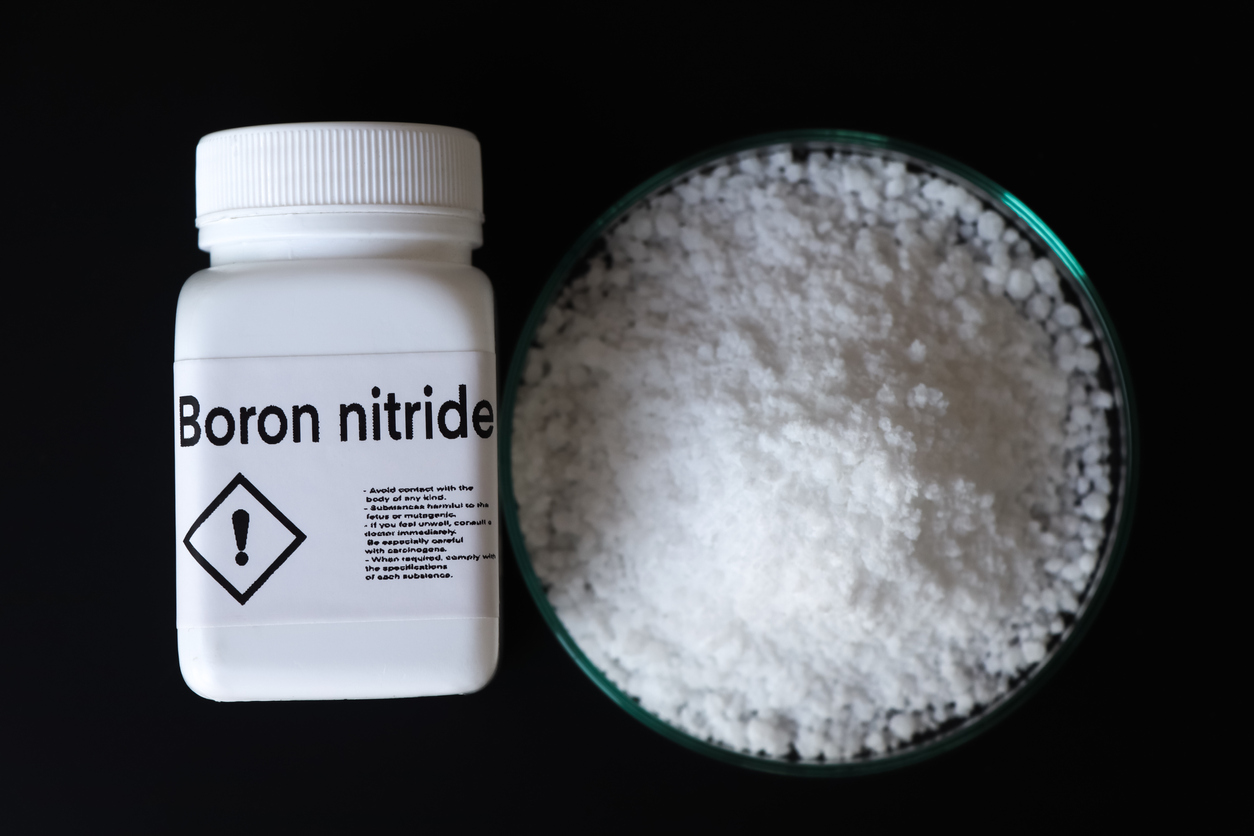Many of us are aware that Borax is widely used as a disinfectant as a household cleaner, dishwasher, or, in the laundry but little do people know that it can be used for curing many illnesses. Borax is a mineral that occurs naturally and is frequently extracted from desiccated salt lakes. It is also the precursor to other synthetic boron-based compounds. The primary locations where it is mined are in California and Turkey. Borax is frequently available for purchase as a technical or agricultural grade, where the minimum purity is generally between 99 to 99.5 percent. This grade of borax is also commonly used as a household cleaner. It is worth noting that pharmaceutical-grade borax is not as pure or superior in quality as the agricultural grade.
Borax, which is the sodium derivative of boric acid, is a weak acid. For instance, while an organic apple grown in nutrient-rich soil can contain up to 20 mg of boron, the same apple grown with chemical fertilizers may only have 1 mg. We are going to understand how the boron in the miracle mineral borax is being widely recognized for its innumerable benefits.
Ingestion of this mineral results in the formation of sodium chloride and boric acid, as it reacts with hydrochloric acid present in the stomach. Due to the stronger alkalinity of sodium, these solutions are highly alkaline and have a pH of 9-10, with neutral being a pH of 7. The boron content of borax is 11.3%, while that of boric acid is higher, at 17.5%, an increase of about 50%.
In the past, boric acid was commonly used to preserve food, but it is now prohibited for this purpose in most countries, and in Australia, it is not available for public sale. The use of chemical fertilizers in soil for growing crops can inhibit the absorption of boron, leading to a significant reduction in its quantity. Coupled with poor dietary choices, the use of fertilizers has resulted in a noticeable decrease in our boron consumption compared to 50 or 100 years ago. Boron is present in all plants and whole foods but has not been utilized much in human wellness.
Research on Boron:
Unhealthy cooking techniques have a significant impact on the amount of boron that food provides. Additionally, the presence of phytic acid in baked goods, cereals, and cooked legumes can significantly diminish the availability of boron. Even more, the absorption of minerals can be inhibited by gluten sensitivity and the overgrowth of Candida. As a result, health issues arising from a lack of boron have become increasingly prevalent.
Rex Newnham’s arthritis treatment
In the 1960s, Dr. Rex Newnham, D.O., N.D. developed arthritis. He was fined $1,000 for selling the poison, which successfully stopped the spread of his arthritis cure in Australia. After taking a placebo, only 12 percent of patients improved. There were no side effects, but some people reported that their heart condition also improved, their general health was better, and they were less tired.
Dr. Paul-Gerhard Seeger, a cancer researcher from Germany, has demonstrated that the degradation of cell membranes is often the starting point for cancer. Since boron is crucial for the maintenance of cell membranes and there is a widespread deficiency, it could be a significant factor in the onset of tumor growth. The anti-tumor characteristics of boron compounds are well documented, and they are also highly effective in treating osteoporosis, inflammation, hyperlipidemia, blood coagulation, and neoplastic diseases.
Why Boron is to be taken in moderate amounts?
When considering the health effects of Boron, it is important to note that this element is essential for the proper functioning of the human body. It has been linked to the maintenance of strong bones, as well as the promotion of brain function. It has also been suggested to play a role in regulating hormonal imbalances and reducing inflammation. Despite these potential benefits, it is crucial to understand that excessive intake of Boron can lead to negative health effects, such as nausea, vomiting, and diarrhea. Therefore, it is recommended to consume Boron in moderation, as part of a balanced diet.
Here are a few boron benefits:
Borax and boric acid are known for their boron content, and consequently, they share similar health benefits. These benefits are primarily in the form of antifungal, antiseptic, and antiviral properties, although their antibacterial effects are mild. Boron is a crucial element for the proper functioning and structure of cell walls in both plants and animals. Additionally, it is involved in the transmission of signals across membranes.
Boron can be found in various parts of the human body, with the most significant amount present in the parathyroid glands.
The concentration of boron is also high in bones and dental enamel. Boron plays a crucial role in promoting healthy bone and joint function by regulating the absorption and metabolism of essential minerals such as calcium, magnesium, and phosphorus. This is achieved by its influence on the parathyroid glands, where it acts as a vital nutrient. In essence, boron serves the same function for the parathyroids as iodine does for the thyroid.
Boron Deficiency:
When there is a lack of boron in the body, the parathyroid glands become excessively active, releasing an excessive amount of parathyroid hormone. As a result, the calcium levels in the bloodstream increase as calcium is released from bones and teeth. This, in turn, can cause osteoarthritis, various forms of arthritis, osteoporosis, and tooth decay. As people age, high levels of calcium in the blood can lead to the calcification of soft tissues, which causes muscle stiffness and contractions. Additionally, the endocrine glands, particularly the pineal gland, and ovaries, can become calcified. Arteriosclerosis, kidney stones, and calcification of the kidneys can occur, ultimately resulting in kidney failure. When boron deficiency is coupled with magnesium deficiency, it can be particularly detrimental to the bones and teeth.
The metabolic processes of steroid hormones, particularly those related to sex hormones, are influenced by boron. In men, it has been found to raise below-average testosterone levels, while in postmenopausal women it increases estrogen levels. Additionally, boron plays a crucial role in the conversion of vitamin D to its active form, which enhances the absorption of calcium and its deposit in teeth and bones instead of causing soft tissue calcification. Furthermore, boron has been known to have other positive effects, such as amelioration of heart problems, vision, psoriasis, balance, memory, and cognition.
Dosage based on conditions:
General recommended dosage: If you get the little 3 mg pills, take 18 mg 2 x per day with some zinc picolinate 50 mg 2 x a day. Or, if you use 20 Mule Team Detergent Booster Borax Powder (NOT the detergent containing borax) take 1/8th a teaspoon 2x per day in water.
Borax is mainly recommended for arthritis. Following the recommended dosage requirements, adjusting the dosage based on body weight and age, and being aware of potential adverse effects are all vital to using borax to treat arthritis effectively. The advantages of taking borax for arthritis can also be augmented by a good diet and some little exercise.
Alternative sources of boron, such as supplements and specific foods, are available if consuming borax internally as a treatment is unpleasant. They may not be as efficient as borax, but they can nevertheless support the health of your bones and joints.
Overall, borax can be a simple and affordable treatment for people with joint and arthritic disorders. A physician should be consulted before beginning any new treatment plan.
For treating Candida, other fungi, and mycoplasmas, or for removing fluoride from the body – using your bottle of concentrated solution:
- Hormonal imbalance
- Anxiety
- Depression
- Burning skin
- Nerve pain
- Diarrhea
- Itchy skin/pruritis
- Rapid heart rate
- Profuse Sweating
- Nausea
- Cramping
- Kidney pain
- Headache




